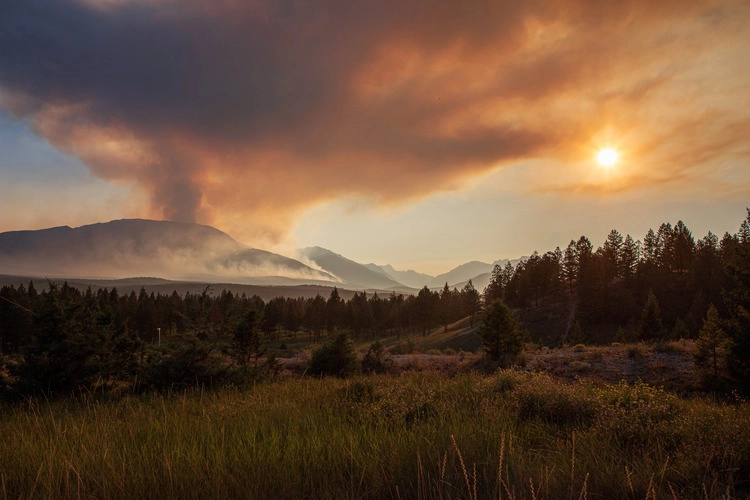
Water-enhancing gels developed by Stanford University researchers may provide solution to protect infrastructure from wildfires
By
Researchers at Stanford University have developed gels – which last longer than their current counterparts – to protect buildings and infrastructure against damage caused by wildfires. The new gels use both a cellulose-based polymer as well as silica particles – which get left behind once the gel is exposed to heat – to form an aerogel, a solid but porous structure that has strong insulating properties and is often used in space due to its lightweight quality.
The gels, made from very absorbent polymers – similar to those found in baby nappies – are mixed with water and sprayed onto a building. Once applied, they swell into a gelatinous-type material, which acts as a shield against wildfires.
To ensure the gel’s effectiveness, researchers tested various gels by applying them to plywood and exposing them to a direct flame. The most effective gel lasted for more than seven minutes before the plywood began to char. In comparison, a commercially available gel only protected the plywood for less than 90 seconds.
‘When the water boils off and all of the cellulose burns off, we’re left with the silica particles assembled into a foam,’ said senior author of the paper, Eric Appel. ‘That foam is highly insulative and ends up scattering all of the heat, completely protecting the substrate underneath it.’

‘Traditional gels don’t work once they dry out,’ Appel continued. ‘Our materials form this silica aerogel when exposed to fire that continues to protect the treated substrates after all the water has evaporated. These materials can be easily washed away once the fire is gone.’
Already, the polymers used in the gels have been approved by the US Forest Service, and are easily broken down by microbes in the soil, ensuring that the process to protecting homes against wildfires doesn’t come at the cost of the environment.
In 2023, the European Union saw its fourth-largest burned area on record – an estimated total of 500,000 ha: the equivalent of more than 820,000 football pitches. And while other regions around the globe also experienced record-breaking wildfire activity in 2023 – with Canada’s wildfire carbon emissions the highest since records began – it is pivotal for new methods, like these gels, to be developed to prevent substantial infrastructure damage that can be both disruptive and costly.
‘There may need to be additional optimisation, but my hope is that we can do pilot-scale application and evaluation of these gels so we can use them to help protect critical infrastructure when a fire comes through,’ Appel said.




